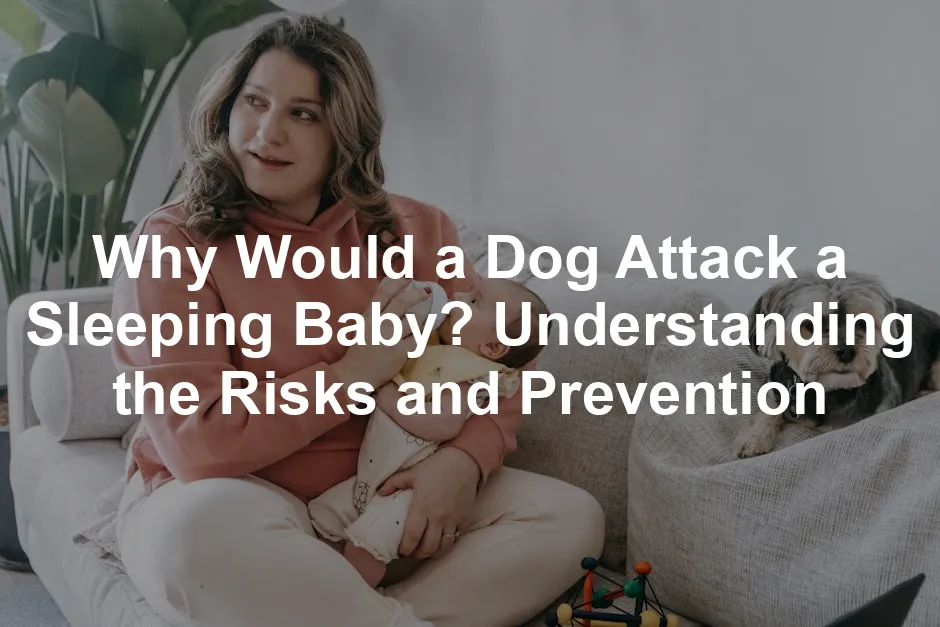
Why Would a Dog Attack a Sleeping Baby? Understanding the Risks and Prevention
Understanding Dog Behavior Around Infants
Why Dogs Attack Sleeping Babies
When it comes to dogs and sleeping babies, things can get tricky. Dogs are not little furry guardians; they are animals driven by instincts. One major reason a dog might react aggressively towards a sleeping baby is territoriality. Dogs naturally protect their space, and when a new, unfamiliar presence enters—like a baby—they can feel threatened.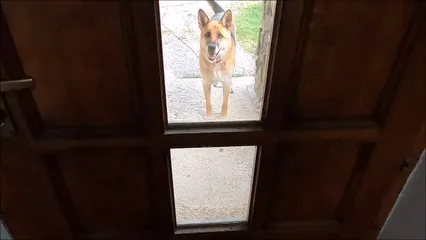
Case Studies
Consider the heartbreaking case of a family whose German Shepherd attacked their two-month-old baby while the infant was sleeping in a swing. The parents woke up to chaos, demonstrating how quickly situations can escalate. Another case involved a Husky attacking a six-week-old baby in a crib. These tragic incidents highlight the need for vigilance and proactive measures. Understanding these potential triggers is vital for preventing incidents. Awareness of your dog’s behavior and ensuring supervision can help create a safer environment for both your child and your pet.
The Role of Breed and Temperament
When it comes to dog behavior, breed and temperament play vital roles. Certain breeds are statistically more involved in attacks, primarily due to their instincts and characteristics. For instance, breeds like Rottweilers, German Shepherds, and American Pit Bulls often make headlines in bite incidents. But remember, any dog can bite, regardless of its breed. Why does this happen? Dogs are not only influenced by their genetics but also by their upbringing and socialization. A well-socialized dog, regardless of breed, is usually more adaptable and less likely to exhibit aggressive behaviors. Conversely, dogs that lack exposure to various environments, sounds, and people may respond unpredictably when faced with unfamiliar situations, such as a sleeping baby. Temperament assessment is crucial when selecting a family dog. Adopting a dog with a stable temperament can reduce risks significantly. Look for dogs that show signs of calmness and friendliness towards children. Pay attention to how a dog interacts with people of all ages, especially infants. A dog’s history with children can provide insight into its behavior. Training and socialization are equally important. A dog that has undergone obedience training is likely to respond better to commands, making it easier to manage interactions with children. If you’re considering bringing a dog into a home with a baby, consult with professionals to assess the dog’s temperament and history.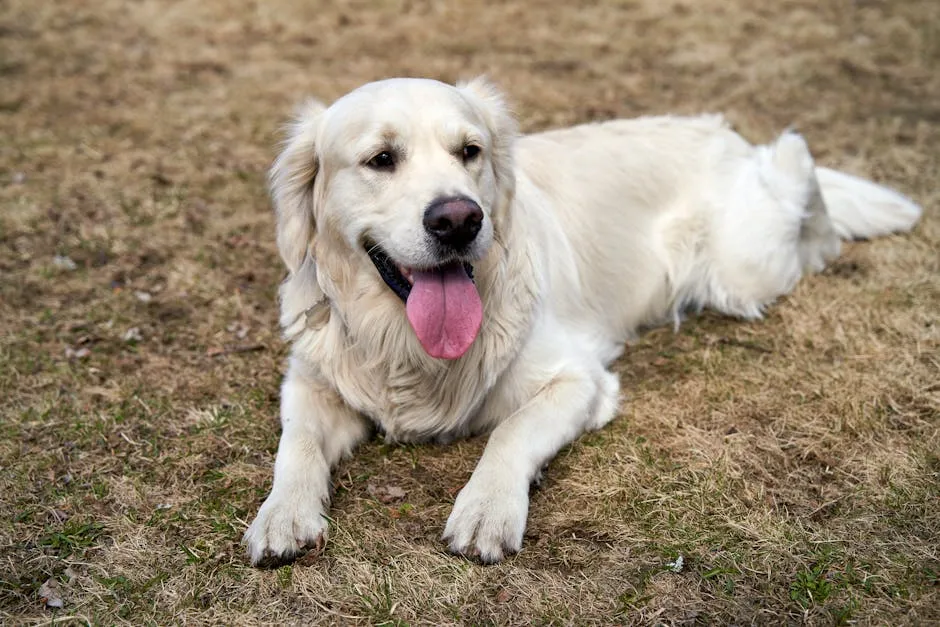
Creating a Safe Home Environment
When it comes to protecting your little one from potential dog attacks, proactive measures are a must. Creating a safe home environment is not just about love; it’s about smart planning. Let’s explore some practical tips that can significantly enhance safety. First and foremost, consider installing baby gates. These handy barriers can create designated pet-free zones. When your baby is napping or playing, use gates to keep your furry friend at bay. It’s like a VIP lounge for your baby—no pets allowed! This simple step helps ensure that your child and dog have their own safe spaces.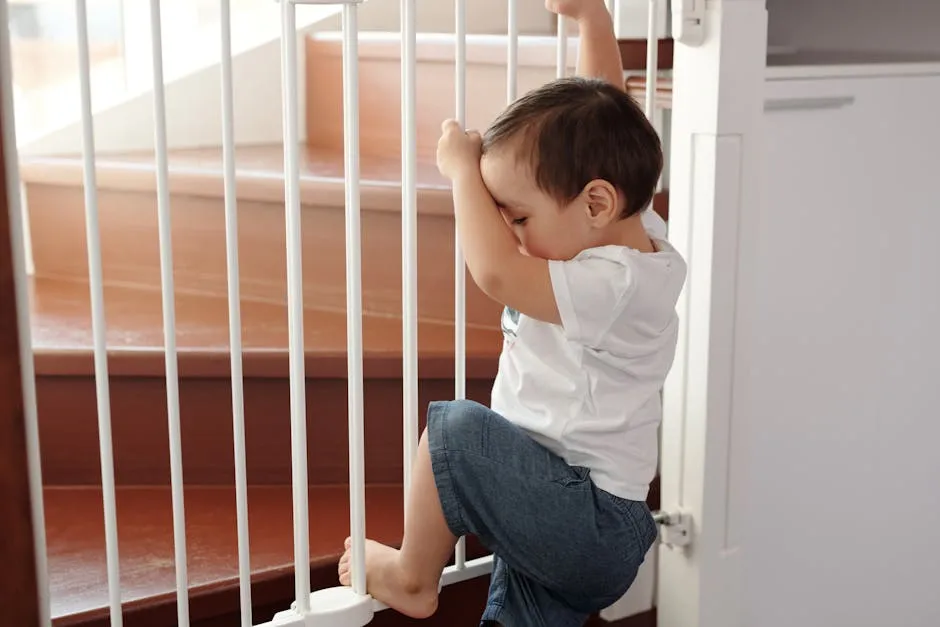
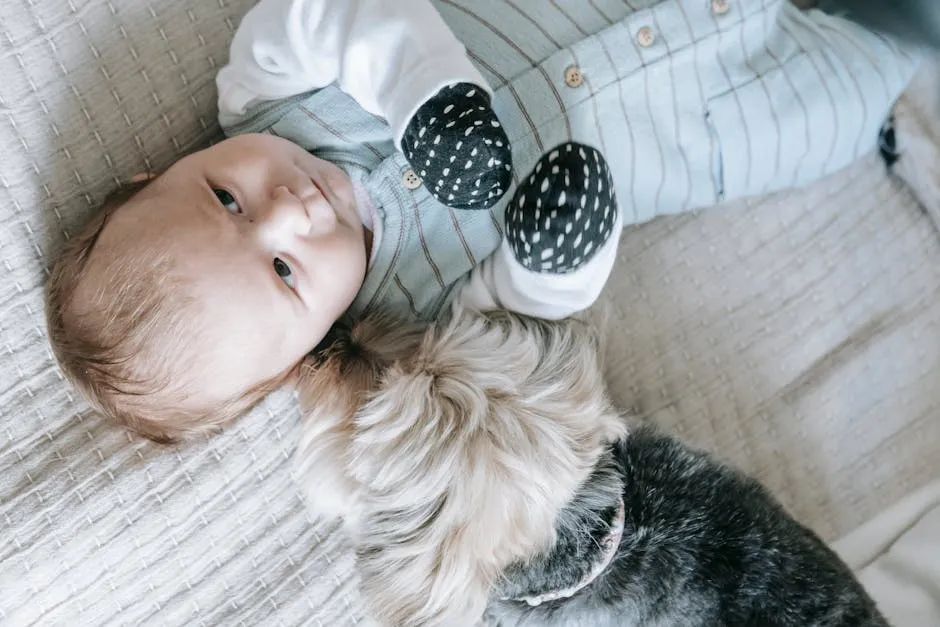
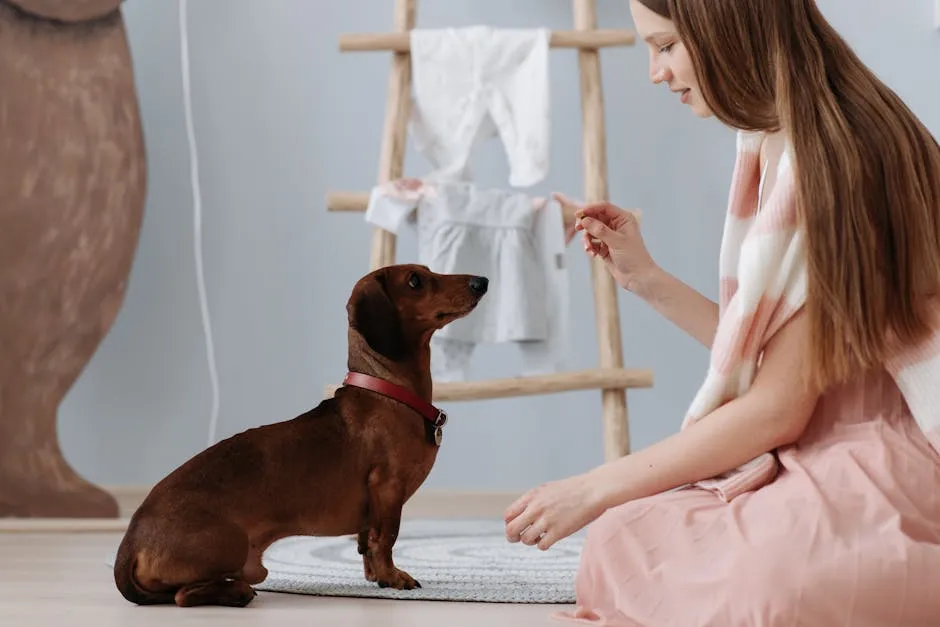
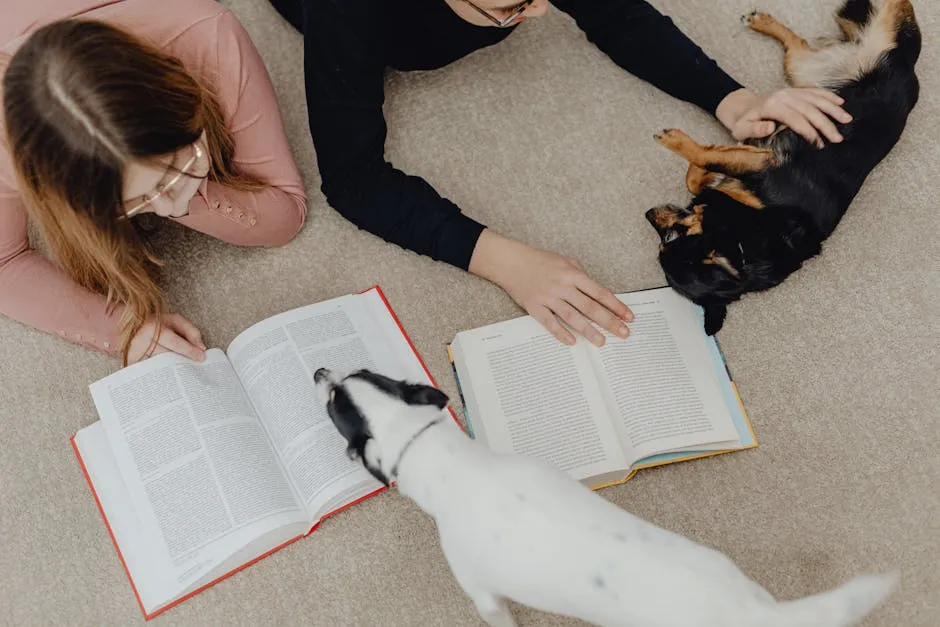
The Psychological Impact of Attacks on Families
Dog attacks on babies are not just physical incidents; they leave deep emotional scars. The aftermath of such an event can be devastating for families. Guilt often weighs heavily on parents. They may spiral into a cycle of “what ifs” and “if onlys.” This guilt can linger long after the incident, affecting relationships and overall mental health. Fear is another common reaction. Parents may develop an aversion to dogs, even if their own pet was the one involved in the attack. This fear can extend to the child, who might grow up associating dogs with danger. The emotional fallout can lead to anxiety, impacting daily life and preventing families from enjoying their time together.
Conclusion
In closing, the relationship between dogs and sleeping babies is a delicate one. While the potential for love and bonding is immense, so too are the risks. Understanding why a dog might lash out is crucial for safeguarding both your child and your pet. Dogs rely on instincts, and unfamiliar scents, sounds, or movements can trigger aggressive reactions.
FAQs
What should I do if a dog attacks my baby?
If a dog attacks your baby, stay calm and act quickly. Move the child to a safe area away from the dog. Seek medical attention immediately, as even minor bites can cause infections. Report the incident to local authorities and gather information about the dog, including vaccination status. This can help prevent future incidents and ensure proper care for your child.
How can I prepare my dog for the arrival of a new baby?
Preparing your dog for a new baby involves gradual acclimation. Start by changing your dog’s routine, including feeding and exercise schedules. Introduce sounds of a baby through recordings to familiarize your dog. Create a designated space for the dog to retreat to when the baby arrives, ensuring they feel secure. Finally, consistency in training and positive reinforcement will help your dog adjust smoothly.
Are certain breeds more likely to attack babies?
While some breeds are statistically more involved in attacks, it’s essential to focus on individual temperament. Dogs of any breed can exhibit aggressive behaviors, especially if they haven’t been socialized properly. Factors such as upbringing, training, and the dog’s history with children play a more significant role than breed alone.
What are the warning signs that my dog may not be safe around my child?
Warning signs include growling, showing teeth, snapping, or excessive barking. If your dog displays signs of stress—like pacing or hiding—it’s crucial to intervene. Also, be cautious if your dog suddenly becomes protective of its toys or food, as this can mean the dog feels threatened.
How can I ensure my child interacts safely with dogs?
Supervision is vital when your child interacts with dogs. Teach your child to approach dogs calmly and not to disturb them while eating or sleeping. Encourage gentle interactions and explain to them the importance of respecting the dog’s space. Role-playing safe interactions can help your child learn appropriate behaviors, reducing the likelihood of negative encounters.
All images from Pexels




